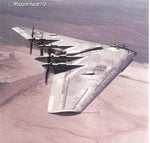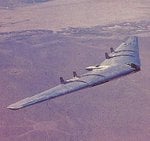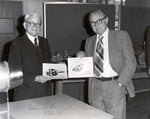A
Anonymous
Guest
plan_D said:You try firing the M1 Garand effectively while running, and you'll see they're in the same trouble. The Garand, as all rifles in those days, kicked like a mule - you aren't going to be getting accurate shots off while running with anything. And the Brits (starting with the Chindits) could fire the Bren from the hip, if they really need a looney running and shooting randomly. In the jungles, it was required.
I have an Enfield, an M1 Carbine, and an M1 Garand. Yes the M1 kicks hard, and I never meant you could actually fire it "while running". My point is you can easily run with it, take up a position, fire off 2-3 rounds, and then run to a new position, and fire again. You cannot do that with the Enfield.
Also, when operting the enfield, each time you fire you must then operate the bolt, then reaquire the target and take your next shot, then operate the bolt, reaquire the target.... With the M1 you can fire, fire, fire. Target aquisition time is tremendously lower.
=S=
Lunatic






